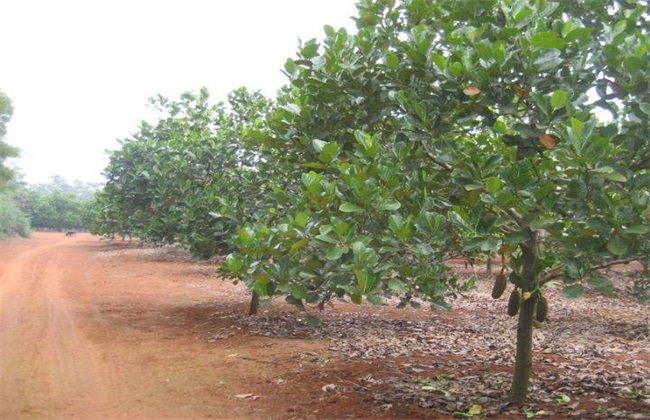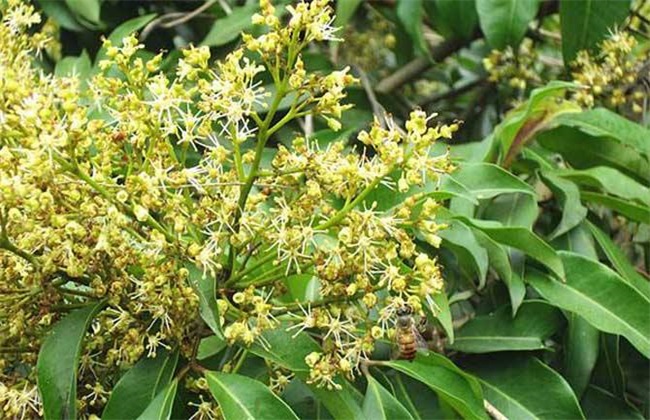High-yield cultivation and Management techniques of Peach
Peach is a small tree fruit tree, a variety of varieties, according to different varieties of tree shape is also different, there are tall, but also low, now the main cultivation are low varieties, easy to manage. If you want to grow peaches with high yield, from tree shape to nutrition, blossom and fruiting, weeding and pruning are all the contents of cultivation management, as well as planting management, and all the detailed adjustments are the content of management, and the goal is only one goal of high quality and high yield.

First, planting time
The planting period should be determined according to the characteristics of peach trees and local climatic and environmental conditions. generally, the planting in the south of the Yangtze River basin is planted in spring, because it is cold in winter, and areas like Yunnan can be planted in autumn. But generally speaking, it can be planted in spring and autumn. Plant on cloudy days when there is no rain, not on sunny days. Probably from March to April and from October to mid-November.
II. Rational planting
Planting density affects photosynthesis and growth space. Planting in plain areas is denser than that in hilly areas, but planting density is also affected by climate and environmental conditions. More than 100 trees are planted per mu in plain areas and 60 trees per mu in hilly areas. Planting in hillside should be sparse, and planting in greenhouse should be sparse.
III. Fertilization and irrigation
Peaches are resistant to drought, but to ensure water supply as far as possible, fruit trees are well watered, about once a month, to keep their leaves expanding, and to water more in the first half of the flowering period to ensure flower bud differentiation, but less watering and dry watering during flowering. As a result, it was watered once after 10 days, keeping 65% water content, and the fruit was ripe and watered less to avoid rotten fruit. In September, base fertilizer was applied, mainly farm fertilizer, combined with chemical fertilizer, young trees were mainly applied nitrogen fertilizer, the result was mainly nitrogen and phosphorus fertilizer, and the result was mainly phosphorus and potassium fertilizer.
IV. Orchard management
Artificial pollination is required during flowering, or bees are released to help pollinate and fertilize. After the result is stable, the fruit should be protected by bagging after spraying fungicide. Summer pruning, thinning, renewal of fruiting branches, ventilation and light transmission, concentrated nutrition. Winter pruning disease and insect branches, withered branches, diseased fruit, garden cleaning, renewal, rejuvenation and aging trees. Weeding at any time, ploughing in summer to inhibit vegetative growth.
Planting peaches, establishing orchards, the long-term main task is to manage and maintain orchards, management is divided into three stages, young trees. Adult tree, fruiting tree. Management priorities vary, but the ultimate goal is to achieve results.
Related
- Moge, come on! The staff of the peasant association in the producing area of cantaloupe were frightened when the crowd gathered.
- Causes and Solutions of low Fruit setting rate of Apple
- Symptoms and control measures of passion fruit virus disease
- Fruit growing lesson: how do apple orchards keep high yields?
- Can you build orchards in the mountains? What are the pros and cons?
- How to manage the coloring period of Crisson grape?
- This paper introduces the processing technology of two kinds of fig products.
- How much is a month for retired teachers in rural areas by 2020?
- How can strawberry planting increase sugar content? We should pay attention to management in many aspects.
- What are the cultivation techniques on how to improve the yield of golden fruit?



